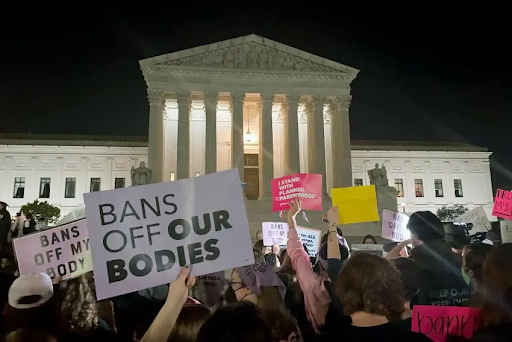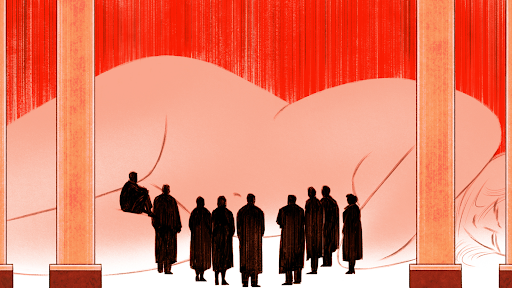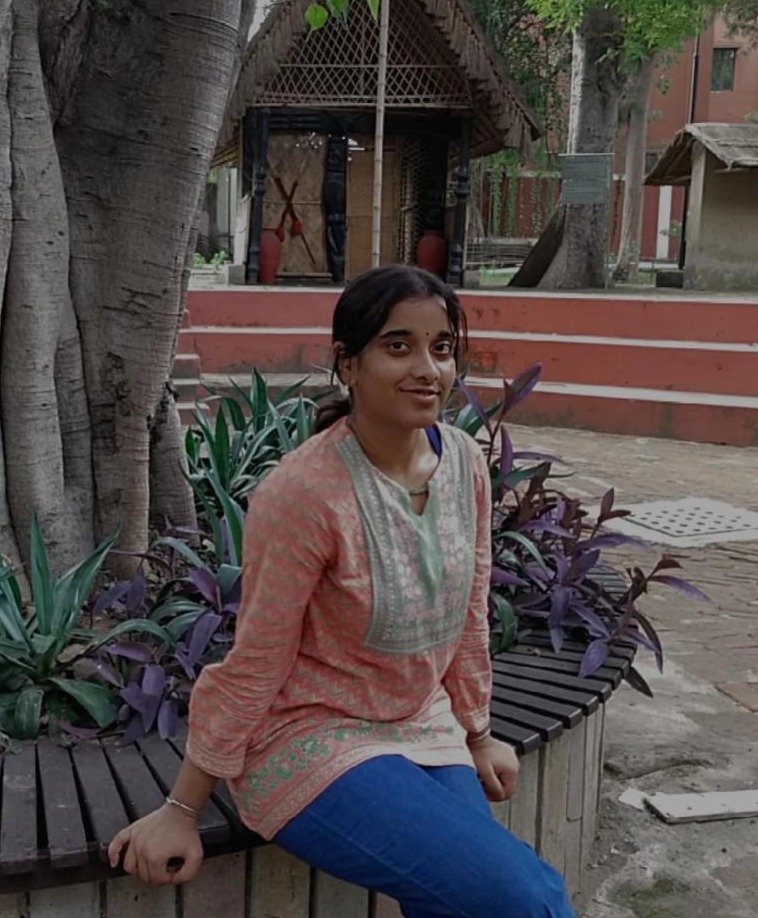Roe V Wade: The Right to Bodily Decisions.
The reversal of Roe v. Wade has granted individual states the authority to decide on abortion laws, affecting women’s reproductive rights in the United States. This disproportionately impacts marginalized groups, particularly Black, racialized, and economically disadvantaged women. The national political landscape’s effects, also resonate globally, especially in humanitarian crises. Through a medical humanities lens, the intersection of politics and reproductive health policy impacts various aspects of women’s lives, including education, employment, housing, and equity. The enduring struggle for population control, rooted in a history of oppression, is keenly felt by advocates, scientists, healthcare workers, and community leaders.
What is the case about?
Roe v. Wade, the 1973 U.S. Supreme Court case, legalized abortion in the United States, establishing it as a federal constitutional right for about 50 years. However, the case had inherent flaws. While it recognized the right to abortion, it didn’t ensure practical access to the procedure. Many states enacted restrictive laws, effectively making abortion very difficult to obtain. Additionally, the Hyde Amendment, implemented in 1976, was widely criticized for its discriminatory nature and became a national policy.

How was it overturned?
For years, politicians against abortion vowed to appoint judges opposed to abortion rights. They manipulated nomination rules to their advantage, leading to a Supreme Court dominated by justices hostile to abortion rights.
On June 24, 2022, the Supreme Court’s decision in Dobbs v. Jackson Women’s Health Organization overturned Roe v. Wade. This terminated the federal constitutional abortion right, impacting one in three women living in states with limited abortion access. Following the ruling, 18 states quickly banned or heavily restricted abortion, and more states are pursuing similar bans.
These post-June 2022 abortion bans disproportionately harm communities of colour like Black, Latino, and Indigenous groups. These are communities where systemic racism has long hindered access to opportunities and healthcare.
Abortion has a history predating the formation of the United States government. Common law permitted abortion before “quickening,” the term used for fetal movement after about four months of pregnancy. In the late 1700s and early 1800s, medical sources and newspapers discussed herbs and medications for inducing abortion. The movement to outlaw abortion gained momentum in the late 1800s among U.S. politicians.
Subsequently, bans were enacted, making abortion illegal across all states by 1910. However, this prohibition didn’t eradicate abortion; it drove the practice underground. The bans transformed a safe healthcare procedure into a risky one legally. People engaging in abortion faced surveillance, arrest, and prosecution, with police investigations often violating privacy.
These bans had broader consequences, disrupting lives, families, and careers. Medical professionals ceased providing abortions due to legal threats and even reported colleagues who continued offering the service. Some women resorted to unsafe methods due to financial constraints or fear of legal repercussions. Hospital visits due to complications could lead to police involvement
What happens now?
The Supreme Court’s landmark decision in Roe v. Wade on January 22, 1973, legalized abortion across the nation, ensuring access to necessary care without fear of legal repercussions.
However, even with Roe in place, many individuals in the United States found that the right to abortion was merely symbolic, particularly due to systemic racism, ongoing white supremacy, and restrictive reproductive health policies. Communities facing historical barriers to healthcare, such as Black, Latino, Indigenous, rural, immigrant, disabled, LGBTQ+, young, and low-income individuals, encountered challenges in accessing abortion services.
The effort to overturn Roe saw some states enacting restrictive abortion laws, but the Supreme Court consistently upheld Roe’s core principle for nearly five decades. This principle protected an individual’s right to private medical decisions, including abortion before fetal viability, as reinforced in cases like Planned Parenthood of Southeastern Pennsylvania v. Casey and Whole Woman’s Health v. Hellerstedt.
The pivotal change occurred due to shifts in the Supreme Court’s composition. Between 2016 and 2020, anti-abortion politicians in the Senate and White House strategically nominated three justices — Neil Gorsuch, Brett Kavanaugh, and Amy Coney Barrett — known for their opposition to reproductive rights. This transformation led to the recent challenges to Roe v. Wade.

How Does the Case Fit in the Indian Context?
The overturning of the case would also have a ripple effect on Indian society as well, wherein the agency to own a woman’s body can be contested by the family and community. India has primarily a lot of cases of female foeticide, but no women’s agency on the same. Abortion in Indian society has been looked at through the lens of women’s rights and agency. As per current law, abortion can only be done with the mandatory approval of one doctor up to 20 weeks of carrying the foetus. Therefore, it’s at the discretion of the doctor to decide if the woman can terminate her pregnancy or not.
The current fear among Indian women arises from the fact the situation of continuous ‘dissolution of human rights’. They are scared that whatever rights they had would be taken away with the overturning of the Roe V Wade case. To add to this, the societal mindset is still very traditional and has never been in favour of abortion, since it’s considered a crime to kill an unborn child. This arises out of motherhood being primarily linked to women and the glorification of the same and the lack of awareness of sexual and reproductive health rights of both men and women.
Conclusion
Therefore, to conclude all the pointers made about abortion, taking away the right to get an abortion legalising isn’t going to stop abortions but rather make abortions unsafe, making the women’s lives more hazardous. The Supreme Court just denied the women the right to safe termination of Pregnancy. This would have a disastrous effect on teenage pregnancy, black and minority women as well where they already have been denied many rights. The thought that a teen is being forced to carry a baby is already sickening.
Making laws on the bodily autonomy of women has also many repercussions in both public and personal life as well. Making women carry foetuses forcefully would only increase the childcare expenses wherein the Father is uninvolved and also push many women off the job market citing unavailability. Such aspects must be looked into and put forth and advocated well for since keeping quiet won’t do anyone much good.
Author

